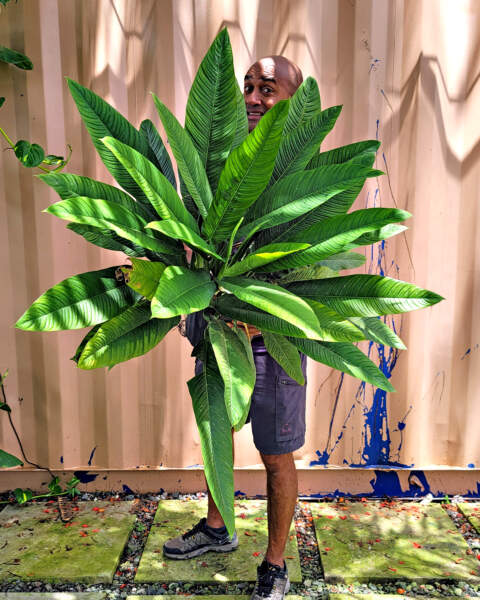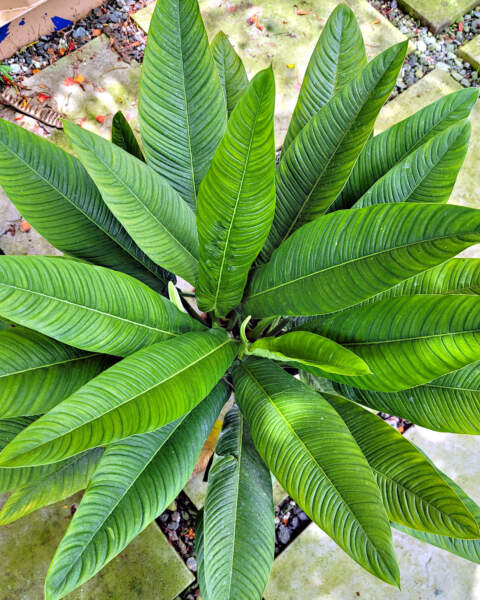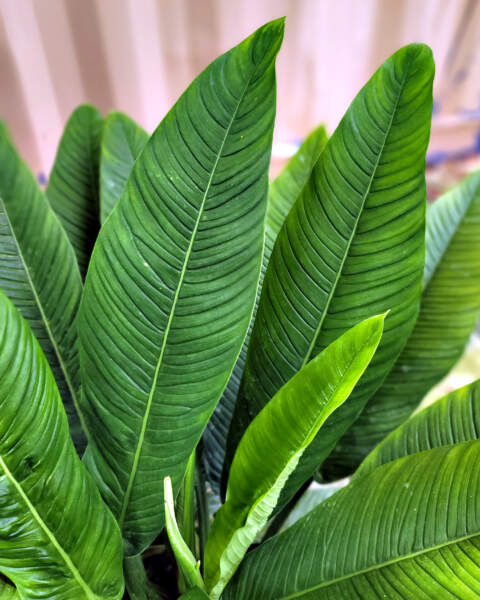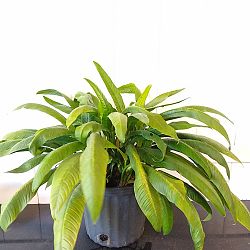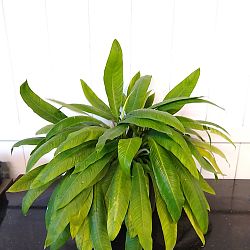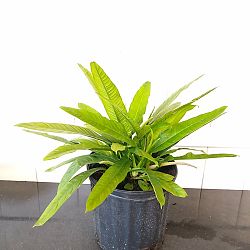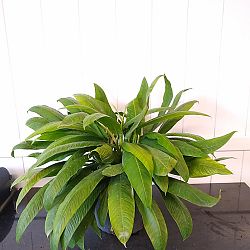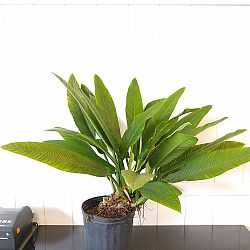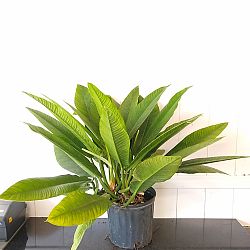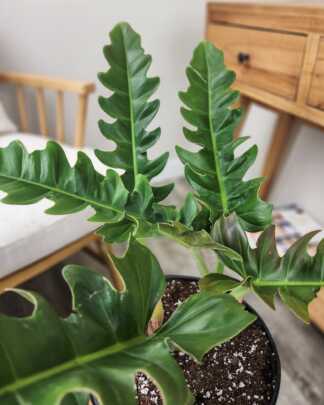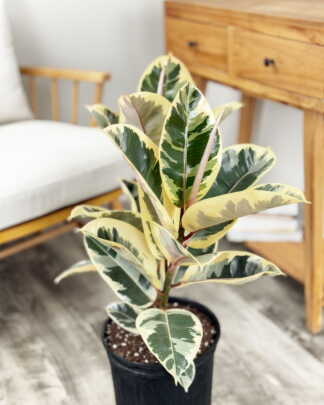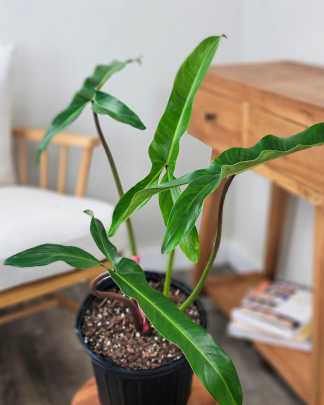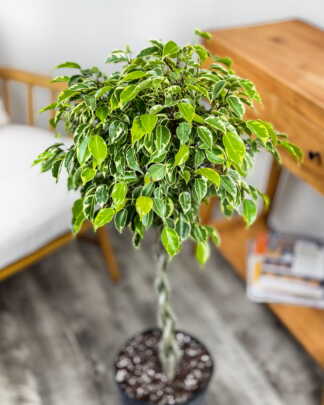Description
Another Big Score for any Philodendron Collector
The Philodendron campii ‘Lynette’ is a stunning tropical houseplant, lauded for its rich, emerald-green, heart-shaped leaves and its cascading growth habit. It makes a vibrant addition to any indoor space, creating a lush, jungle-like vibe. Though it originates from the rainforests of Central America, ‘Lynette’ adapts well to indoor conditions, provided that it receives the proper care.
Caring for your Lynette’s Philodendron
Despite its exotic origins, Philodendron ‘Lynette’ is a relatively low-maintenance plant. However, remember that it’s sensitive to chemicals found in tap water. If you notice leaf tip browning, consider using distilled or rainwater. While it requires specific care, much of it centers around mimicking its natural rainforest environment: bright, indirect light, consistent moisture, and high humidity. With these care tips, you can enjoy the lush, tropical vibe of your ‘Lynette’, making your indoor spaces feel like a verdant getaway.
Light
Philodendron ‘Lynette’ thrives in bright, indirect light. Too much direct sunlight can scorch its delicate leaves, whereas too little light can cause the leaves to lose their luster. The plant enjoys temperatures between 65-80°F (18-27°C). It doesn’t tolerate cold drafts or sudden temperature fluctuations, so avoid placing it near air conditioning units or drafty windows.
Soil
‘Lynette’ prefers a well-draining, peat-based potting mix. A mixture of peat moss, perlite, and a bit of organic matter works well. This mixture mimics the plant’s natural environment by retaining some moisture while allowing excess water to drain away. Ensure the pot you choose has adequate drainage holes to prevent water stagnation and root rot.
Water
Watering the Philodendron ‘Lynette’ properly is vital for its health. It prefers consistently moist but not waterlogged soil. Water thoroughly when the top 1-2 inches of soil become dry, ensuring that the water drains out from the bottom. Overwatering can lead to root rot, so avoid letting the plant sit in standing water.
Being a tropical plant, ‘Lynette’ loves high humidity. A level of 60% or higher is ideal. However, it can tolerate average household humidity. During dry winter months, consider using a pebble tray, humidifier, or occasionally misting the plant to boost humidity levels.
Fertilization
Philodendron ‘Lynette’ benefits from regular feeding during its active growth phase (spring and summer). Use a balanced houseplant fertilizer, diluted to half the recommended strength, every 2-4 weeks. Be sure to water the plant first to avoid burning the roots with concentrated fertilizer.
Pruning
While ‘Lynette’ doesn’t require extensive pruning, occasional trimming can help maintain a compact, bushy shape. You can also remove any yellow or brown leaves that occasionally occur due to age or light stress. Always use clean, sharp scissors to make your cuts.
Repotting
‘Lynette’ typically needs repotting every 2-3 years, depending on its growth rate. If you notice roots growing out of the drainage holes or if the plant appears to be outgrowing its pot, it’s time for a larger home. The best time to repot is in spring or early summer. Always use fresh potting mix when repotting to replenish nutrients.
Propagation
You can propagate ‘Lynette’ from stem cuttings. Cut just below a leaf node, ensuring there are at least two leaves on the cutting. Place the cutting in water, changing the water every few days. In a few weeks, you’ll see new roots forming. Once the roots are a few inches long, you can pot the cutting in soil.
Pest and Disease Management
Philodendron ‘Lynette’ can occasionally attract pests such as spider mites, mealybugs, and aphids. If you notice these, isolate the plant and treat it with insecticidal soap or neem oil. Overwatering and poor drainage can lead to root rot, so ensure your watering routine and potting mix are appropriate.

